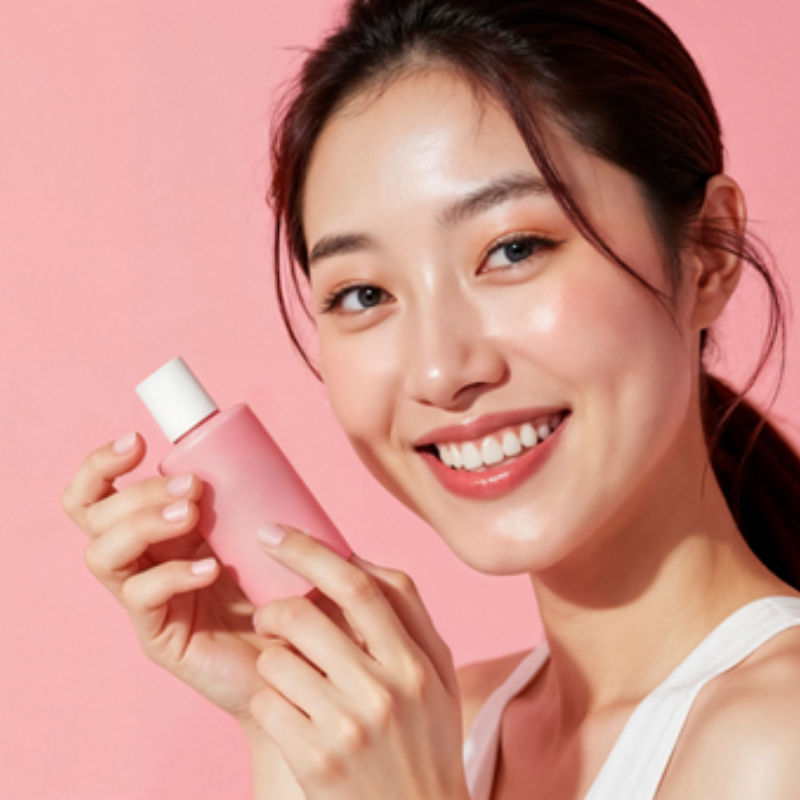Introduction
In today’s highly competitive beauty industry, cosmetic claims play a vital role in attracting consumers and building trust. Statements like “hydrates for 24 hours”, “reduces wrinkles”, or “brightens complexion” are common—but how can brands prove these claims are valid and scientifically supported?
In this article, we explore the most effective ways to substantiate cosmetic claims in compliance with regulations, using reliable data and proven testing methods.
What Is a Cosmetic Claim?
A cosmetic claim is any statement used in marketing or on product packaging that highlights the benefits or effects of a product. Claims can be:
- Functional: “Moisturizes”, “mattifies”,
- Sensorial: “Light texture”, “refreshing feel”,
- Emotional: “Comforting”, “invigorating”,
- Scientific: “Reduces wrinkles by 25% in 4 weeks”.
📌 Important: In the EU, cosmetic claims must comply with Regulation (EC) No 1223/2009 and the Common Criteria (EU Regulation No 655/2013), requiring that all claims are truthful, substantiated, and not misleading.
Why Substantiate Cosmetic Claims?
Substantiating claims means backing them with measurable, credible evidence. It allows brands to:
- Comply with international cosmetic regulations,
- Build consumer trust and brand credibility,
- Stand out in a saturated market,
- Avoid legal risks and regulatory penalties.
Key Methods to Substantiate a Cosmetic Claim
1. In Vivo Testing on Human Volunteers
Real-life testing on human subjects to measure the product’s actual performance.
🔍 Common examples:
- Hydration levels (corneometry),
- Wrinkle depth (3D imaging, profilometry),
- Skin elasticity and firmness (cutometry).
2. Instrumental Testing
Uses high-tech devices to collect objective, quantifiable data about product performance.
✅ Benefits:
- Scientifically robust,
- Reproducible and standardized results.
3. Consumer Self-Evaluation
Volunteers use the product and answer structured questionnaires about perceived effectiveness, texture, fragrance, etc.
💬 Ideal for sensorial and emotional claims.
⚠️ Should be supported by objective measurements for full credibility.
4. Clinical or Dermatological Studies
These provide high-level scientific validation, especially for products with significant claims (anti-aging, acne treatment, sensitive skin).
5. Scientific Literature and Ingredient Data
Some claims can be justified through bibliographic references or supplier documentation for active ingredients.
📚 Example: An ingredient with proven antioxidant effects may support the claim “protects against free radicals”.
Best Practices for Substantiating Claims
- Define your claims early in the product development phase,
- Choose appropriate test methods based on the type of claim,
- Work with certified, independent laboratories,
- Document all supporting evidence in the Product Information File (PIF),
- Avoid vague, misleading, or exaggerated statements.
Conclusion
Substantiating cosmetic claims is more than a regulatory requirement—it’s a powerful tool to build credibility, transparency, and consumer confidence. By combining scientific methods with responsible marketing, brands can deliver proven benefits and stand out in a demanding market.
Speed up your testing projects on Skinobs





